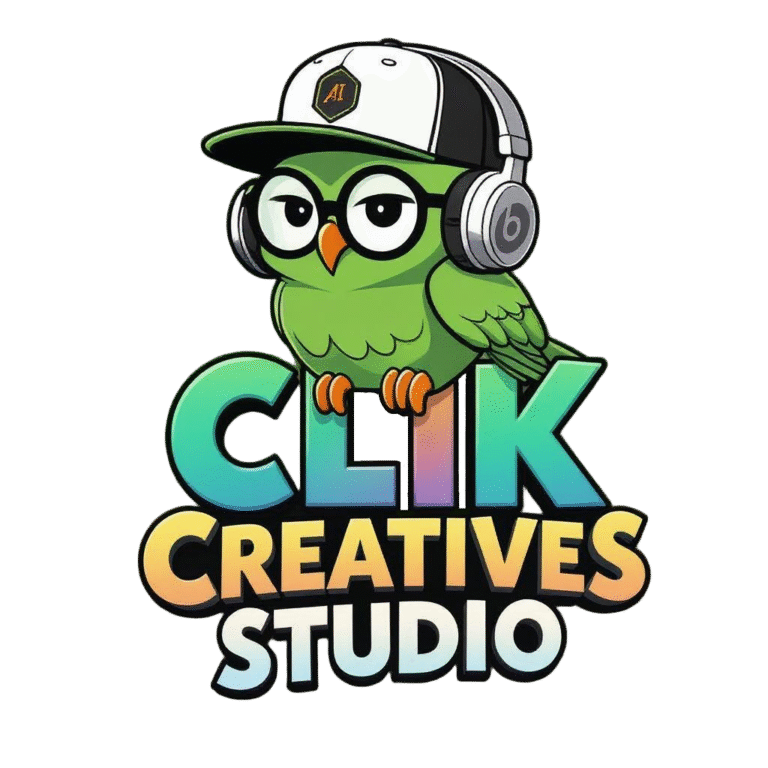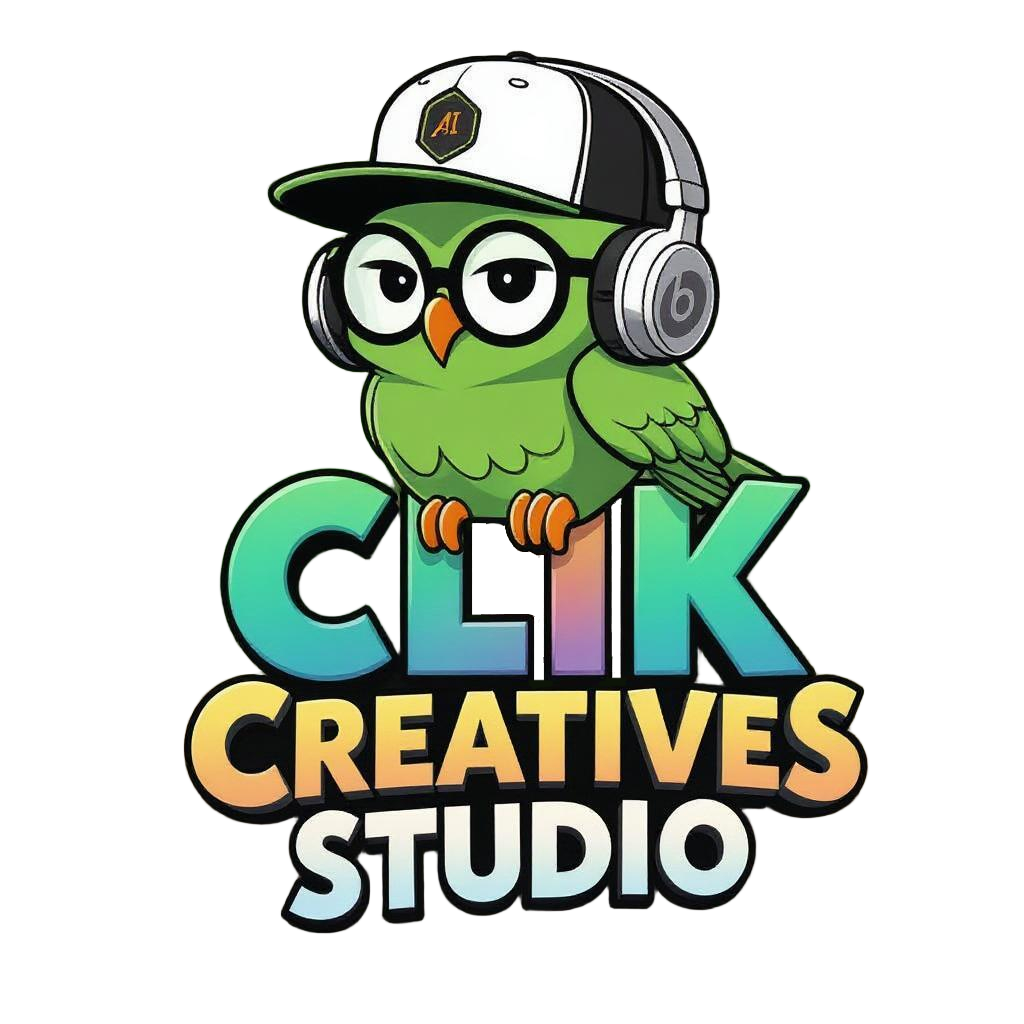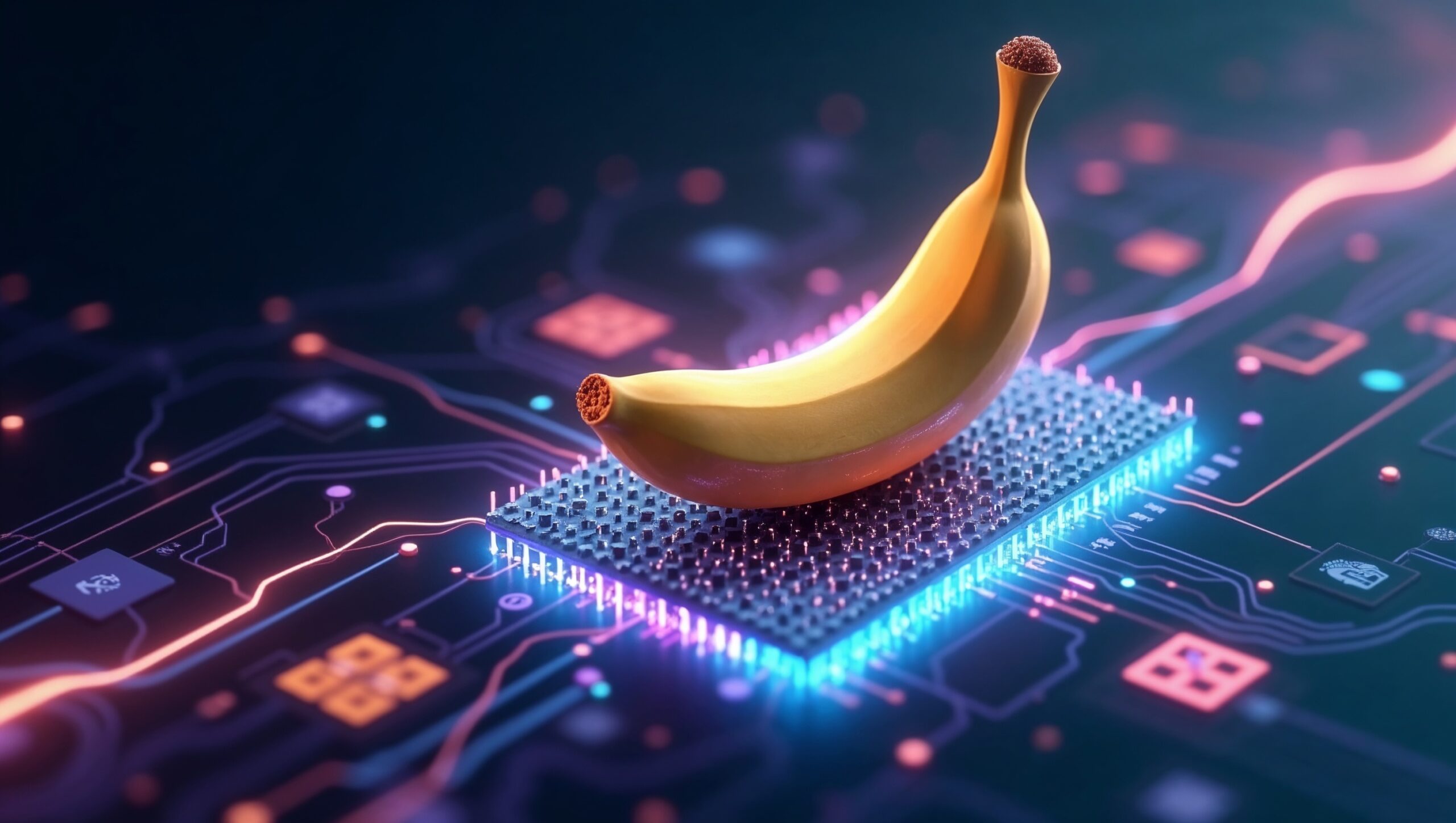What Is Google’s Nano Banana?
Artificial intelligence has been rewriting how we work, create, and market — and now Google has taken another big step forward with its new AI image generator, Nano Banana. This model is designed to be lightweight yet powerful, providing creators with high-quality visuals in seconds.
The quirky name fits Google’s playful tradition. Nano refers to the tool’s speed and compact performance — it’s engineered to run on smaller devices like Chromebooks and smartphones without sacrificing image quality. Banana brings a fun, approachable branding twist, signaling that this isn’t just for hardcore tech users but for everyday creators too.
At its core, Nano Banana isn’t trying to compete with high-end, resource-heavy platforms like MidJourney or Stable Diffusion. Instead, it aims to democratize AI art by making it affordable, accessible, and simple enough for students, small business owners, and marketers to use as part of their daily workflow.
Whether you’re building seasonal social media content, designing quick mockups, or experimenting with creative ideas, Nano Banana lowers the barrier to entry.
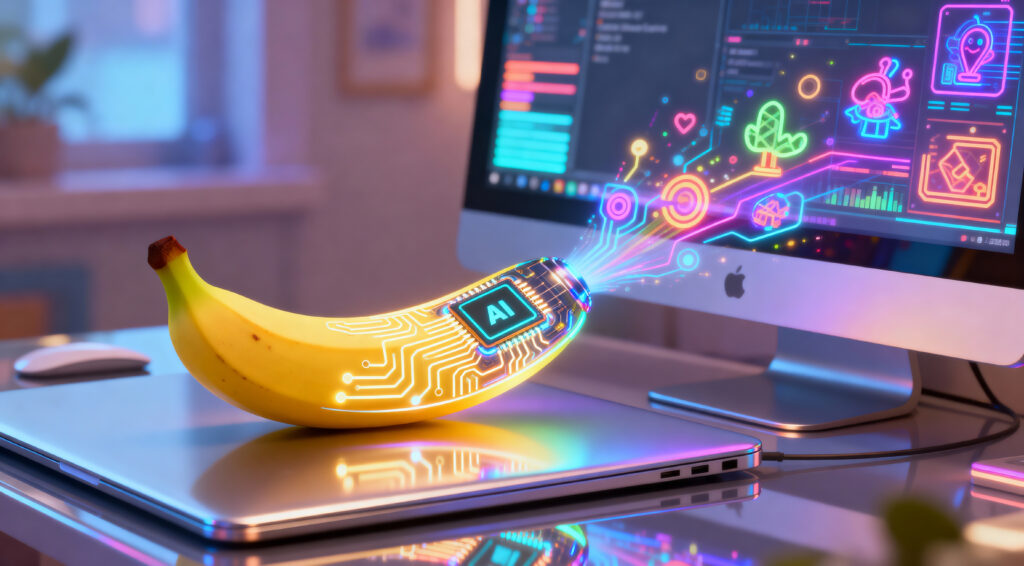
Why Nano Banana Matters in 2025
The AI landscape has matured rapidly. Just a few years ago, creating AI art required powerful GPUs or expensive cloud subscriptions. Today, creators expect tools that are:
- Fast – delivering results in seconds, not minutes.
- Accessible – usable on phones and low-spec laptops.
- Affordable – offering free credits or low-cost entry plans.
- Integrated – working seamlessly with platforms we already use daily.
Nano Banana hits each of these marks. For content creators, this means you can generate YouTube thumbnails, TikTok covers, or blog images on the fly. For educators, it makes it easy to design engaging slides. For businesses, it enables quick seasonal campaigns without hiring a designer.
👉 Related: In our seasonal design blog, we showed how seasonal visuals connect with audiences. Nano Banana could be the missing piece that makes updating those assets faster and more cost-effective.
In short, this tool matters because it represents the next phase of AI adoption: moving from experimental, heavy-duty platforms into everyday, plug-and-play utilities.
Key Features That Make It Stand Out
So what exactly does Nano Banana bring to the table? Here are the highlights that separate it from other AI image generators:
- Lightweight Design – Runs smoothly on Chromebooks, smartphones, and lower-end PCs. Perfect for creators without high-powered machines.
- Speed – Produces full-resolution images in seconds. No more waiting minutes for renders.
- Natural Language Prompts – Handles complex, conversational inputs. Beginners can describe what they want without learning technical jargon.
- Multi-Style Support – From Pixar-inspired 3D to anime, Arcane painterly, or photorealism.
- Google Workspace Integration – Generate and insert visuals directly into Docs, Slides, and Gmail drafts.
- Flexible Processing – Choose between cloud rendering or lightweight on-device creation.
- Collaboration – Share images in real time with colleagues inside Workspace.
Example: A solopreneur writing a marketing plan in Google Docs can generate branded illustrations without leaving the document. No extra logins, no exporting — just seamless workflow.
This makes Nano Banana not just an AI generator, but a productivity enhancer.
Updates & Roadmap
Google has already released several updates since Nano Banana’s debut:
- Version 1.1 – Sharper rendering for faces and hands, solving common issues seen in earlier AI models.
- Version 1.2 – Added seasonal template packs (spring, summer, fall, winter) to speed up design workflows.
- Version 2.0 (rolling out late 2025) – Introduces video-to-image conversion and lightweight 3D object rendering.
These updates show Google’s focus: making Nano Banana not only powerful but also practical for real-world creative needs. Instead of remaining a novelty tool, it’s evolving into a core feature set inside Google’s larger ecosystem.
Platforms & Access Points
One of Nano Banana’s biggest strengths is how widely it’s accessible. Unlike niche AI tools, it’s designed to be everywhere you already work:
- Google Workspace – Built directly into Docs, Slides, and even Gmail for quick creative inserts.
- Google AI Hub – A standalone web app where creators can experiment and manage assets.
- OpenAI Marketplace – Available via API for developers and advanced users.
- Leonardo AI Integration – Partnered for more stylistic flexibility (affiliate link).
- Mobile Access – Currently in Android beta, with iOS rollout expected later in 2025.
👉 Resource Links:
- Try Nano Banana on Google AI Hub
- Access Nano Banana via Leonardo AI
- Explore Nano Banana on OpenAI Marketplace
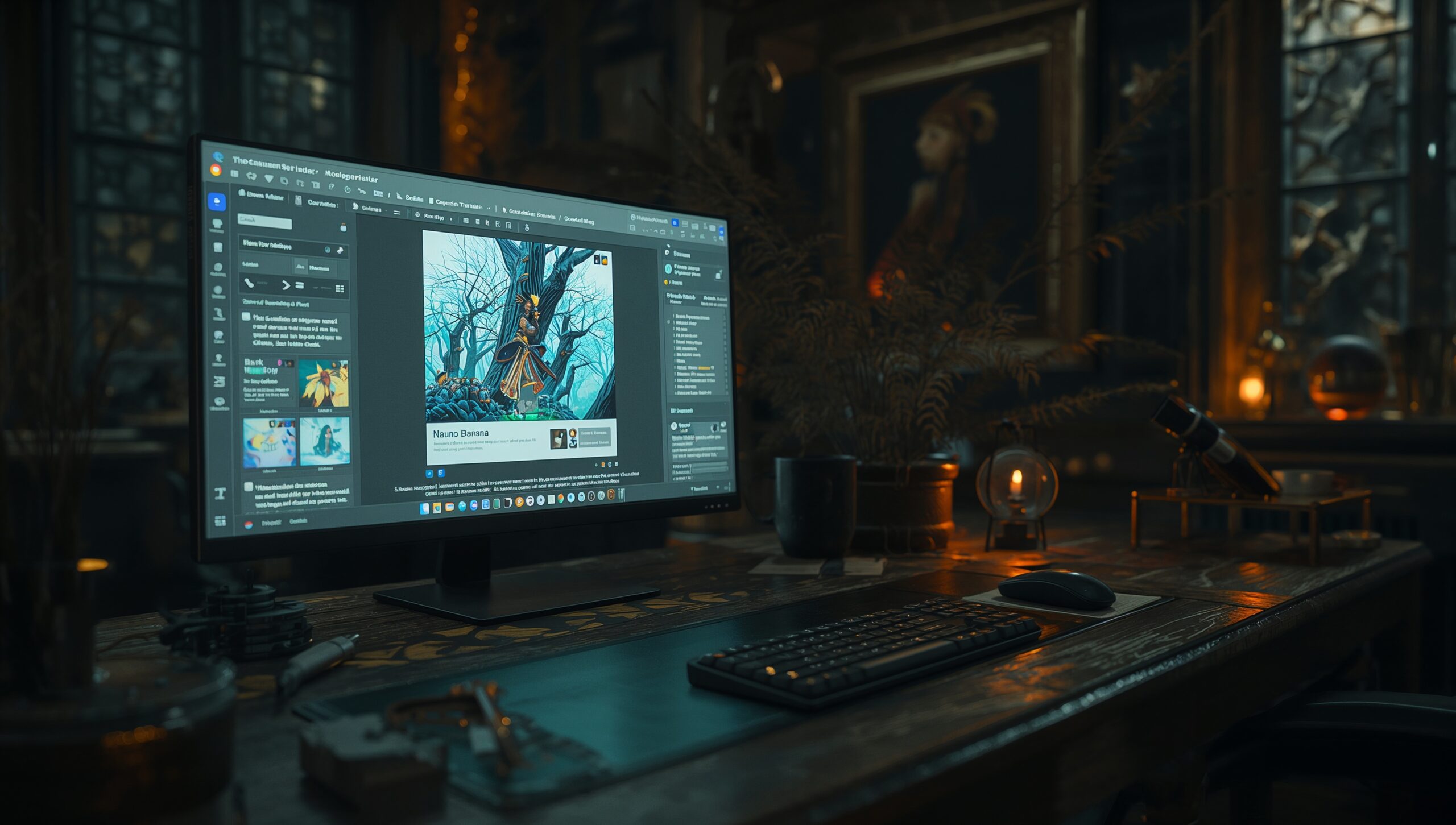
Free vs. Paid Access
A big question creators have: Can I use Nano Banana for free?
Free Options
- Google Workspace free tier includes a monthly credit allowance.
- AI Hub offers 10 free generations per month.
- Android beta testers receive bonus credits during rollout.
Paid Options
- Buy additional credits directly in Workspace or AI Hub.
- Business plans include higher limits and commercial licenses.
- Leonardo AI integration offers expanded controls with bundled credit packs.
Pro Tip: Stack free credits across platforms (Workspace + AI Hub + mobile beta) to stretch your budget further.
Step-by-Step Tutorial: How to Use Nano Banana
Here’s a quick beginner’s guide to getting started:
- Open Google Workspace or AI Hub → Find the “Generate Image” option.
- Enter a Prompt → Example: “Create a minimalist spring design for a social media ad with pastel colors and clean typography.”
- Choose Style → Pixar, anime, Arcane painterly, or realistic.
- Preview and Edit → Adjust color palette, crop, or resize.
- Export and Share → Save to Drive, copy into Docs/Slides, or export for social use.
Prompt Examples:
- Marketing: “A flat design infographic showing 5 productivity hacks, pastel palette.”
- Education: “Illustrated classroom scene with diverse students learning science, Ghibli style.”
- Content Creation: “A YouTube thumbnail with bold text and neon city background.”
This tutorial alone shows why Nano Banana is more than a gimmick — it’s practical for everyday tasks.
Creative Use Cases
Nano Banana is versatile enough to fit into multiple workflows:
- Content Marketing: Generate custom headers, blog graphics, or social carousels.
- Social Media: Quickly design TikTok covers or Instagram reels thumbnails.
- Product Mockups: Visualize seasonal packaging or ad concepts.
- Education: Build engaging lesson slides with unique illustrations.
- Video Production: Convert video stills into stylized frames with v2.0.
👉 Pro Tip: Combine Nano Banana with our guide to content repurposing tools to stretch one piece of content across every platform.
Real-World Adoption
It’s one thing to list features — it’s another to see how people are actually using this tool.
- Agencies: Using Nano Banana to create client pitch mockups faster.
- Solo Creators: Leveraging free credits for TikTok and YouTube graphics.
- Educators: Designing lesson slides that hold students’ attention.
- Small Businesses: A local coffee shop generated seasonal ads with Nano Banana instead of hiring a designer, saving thousands.
These examples prove that Nano Banana isn’t just experimental — it’s actively solving problems for people who need speed and affordability.
Nano Banana vs Other AI Tools
How does it compare to the competition?
- DALL·E 4 (OpenAI): Stronger for fine art detail, but slower and less integrated.
- MidJourney 6: Known for unmatched artistry, but requires Discord and steep prompting skills.
- Leonardo AI: Offers deeper style controls, but Nano Banana wins on simplicity and Google ecosystem integration.
Bottom line: Nano Banana doesn’t replace these tools. Instead, it complements them — the lightweight option for fast, everyday design.
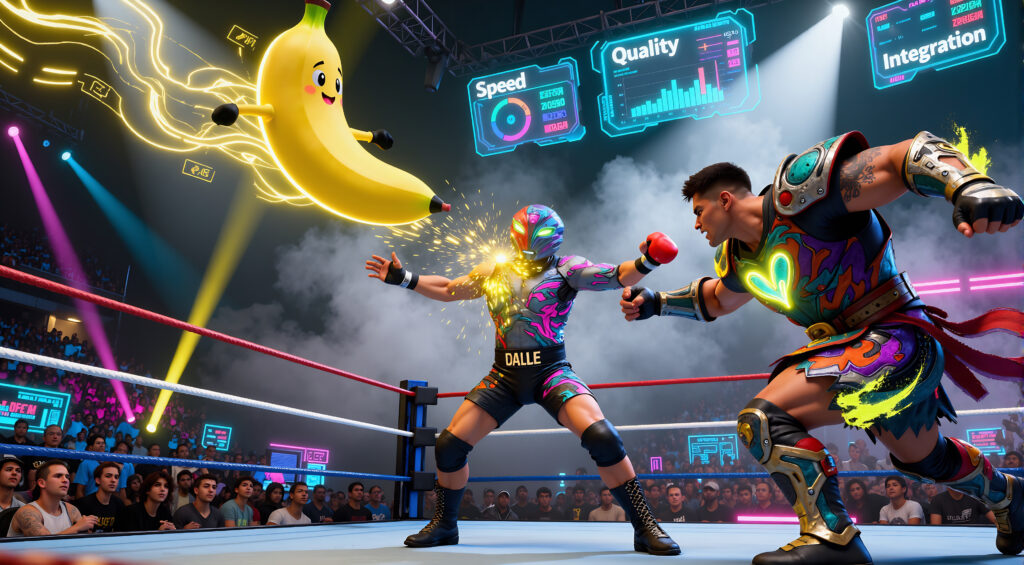
Limitations to Consider
While powerful, Nano Banana isn’t perfect:
- Watermarks on free-tier outputs.
- Credit-Based Usage means heavy creators will need upgrades.
- Detail Limits compared to MidJourney’s artistic rendering.
- Beta Bugs in video-to-image and 3D features.
- Cultural Prompt Issues similar to other AI models.
These limitations matter — but they’re also the trade-off for speed, accessibility, and integration.
FAQs About Nano Banana
Q: Is Nano Banana free?
Yes, with limited credits. Paid plans expand usage.
Q: Can it replace MidJourney?
No. It’s faster and simpler, but less detailed.
Q: Does it work on mobile?
Yes — Android beta is live, iOS expected late 2025.
Q: Is it commercial-use friendly?
Yes, with Workspace business plans.
Q: Where can I access it?
Google Workspace, AI Hub, OpenAI Marketplace, Leonardo AI, and mobile apps.
Why Nano Banana Could Be Your Next Essential AI Tool
Google’s Nano Banana represents more than just another AI experiment. It’s a shift toward accessible, everyday AI that runs where people already work — inside Docs, Slides, and mobile apps.
For small businesses, it’s a low-cost design solution. For creators, it’s a flexible visual playground. For educators, it’s a way to make lessons more engaging.
It won’t replace MidJourney or DALL·E, but it doesn’t need to. Its power lies in being fast, affordable, and integrated.
👉 Ready to see it in action? Try Nano Banana on Google AI Hub, experiment via Leonardo AI, or explore the OpenArt AI. Or book a free strategy session with CLIK Creatives Studio to see how to fit Nano Banana into your creative workflow.
